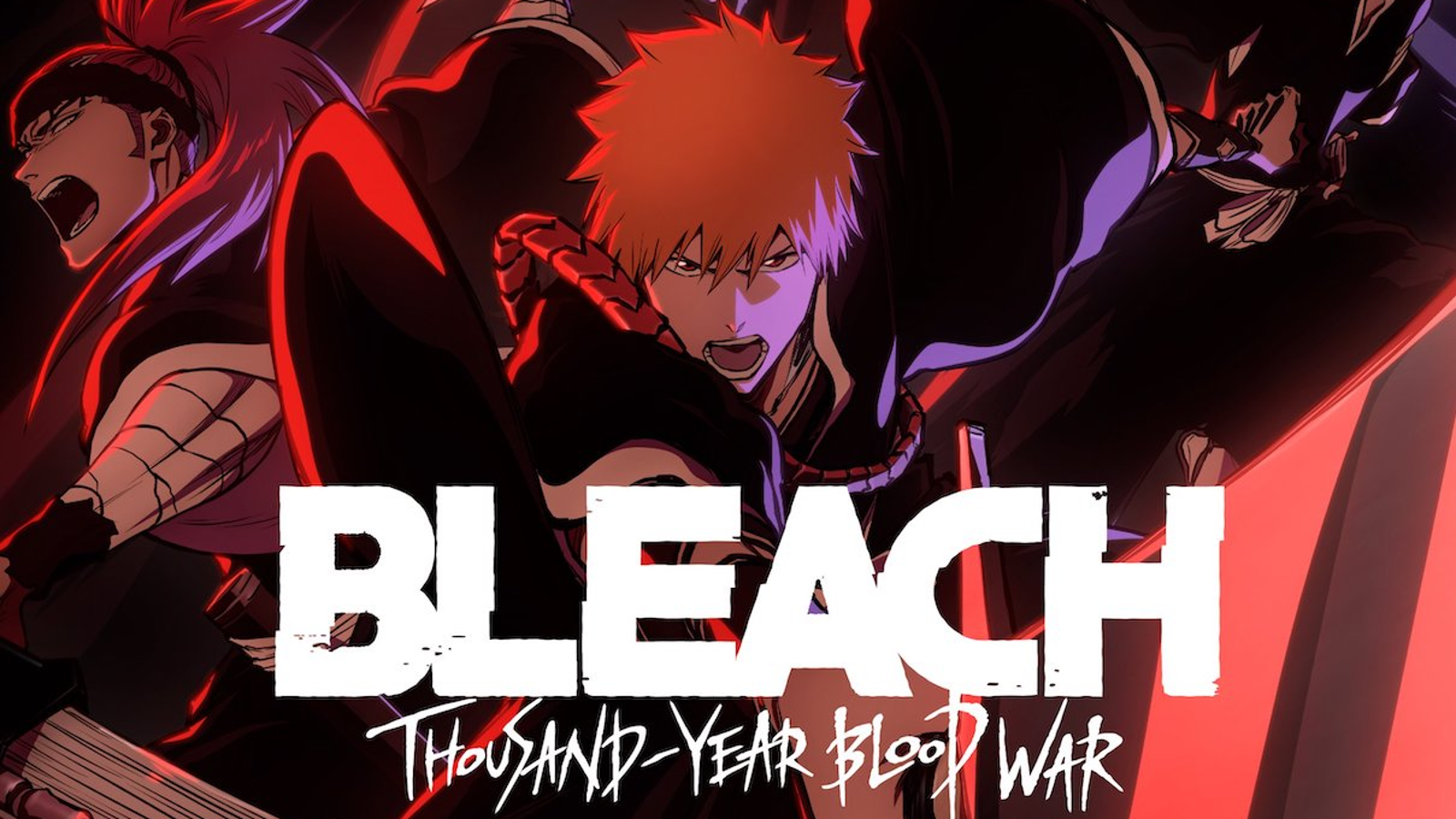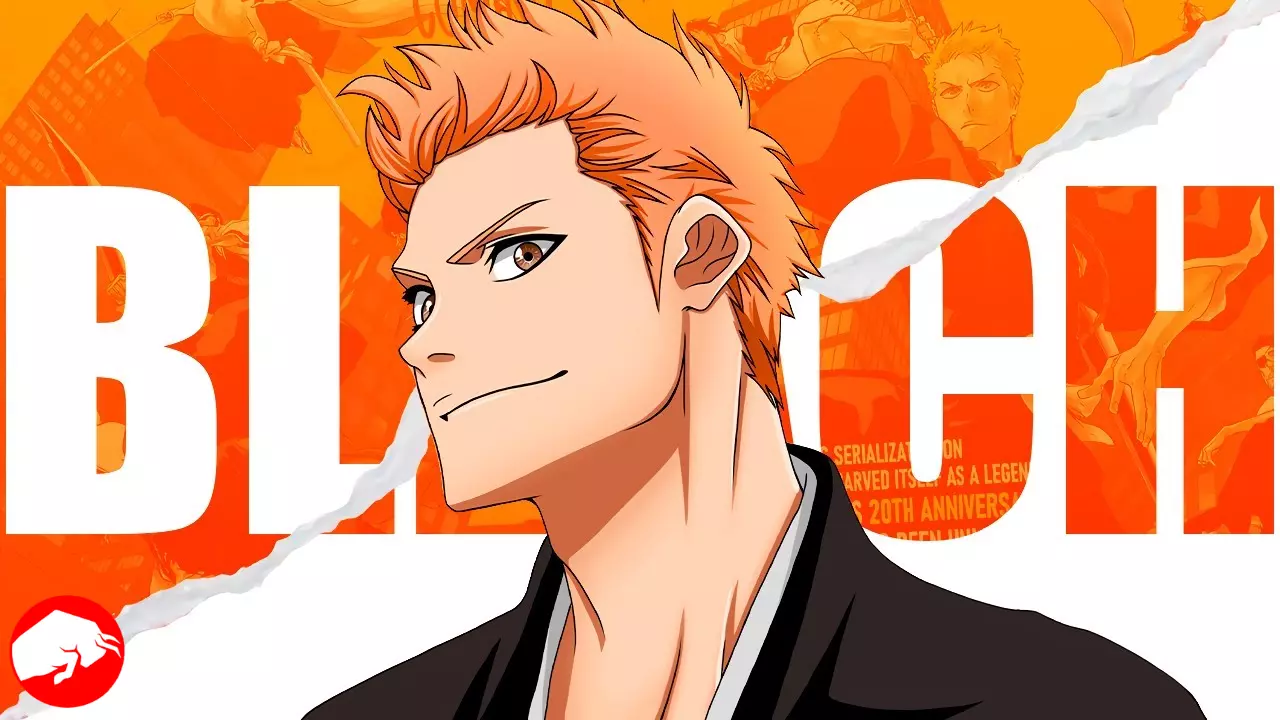The Rise, Evolution, and Legacy of “Bleach”
“Bleach” isn’t just a manga series. It’s an epic tale, a cultural phenomenon that has enchanted millions with its captivating narratives, meticulously designed fight sequences, and well-crafted characters. Created by the adept Tite Kubo, this series has cemented itself as one of the most successful and enduring in the manga industry.
It first graced the pages of Shueisha’s Weekly Shōnen Jump magazine in August 2001, catapulting readers into the life of Ichigo Kurosaki, an ordinary teenager with the extraordinary ability to see and communicate with ghosts. This story progressed as Ichigo, after an unexpected encounter with Soul Reaper Rukia Kuchiki, gets thrust into a world where he is responsible for defending humanity from malevolent spirits known as Hollows.
Beyond its vibrant storytelling, “Bleach” stands tall with its legacy, having been adapted into an anime series, multiple films, stage musicals, and even a live-action adaptation by Warner Bros. in 2018. By 2022, with over 130 million tankōbon volumes in circulation, its place among the pantheon of manga greats was undeniable.

The True Tale Behind Its Conclusion
Despite its immense popularity and dedicated fan base, rumors swirled that the series faced cancellation, especially with its abrupt ending in August 2016. But the truth behind the curtain tells a different story.
In an interview with TBS Radio, Tite Kubo, the mastermind behind “Bleach,” candidly revealed that declining health was the real antagonist that forced the story’s conclusion. Battling health challenges, especially during the last five years of its publication, Kubo felt the weight of his responsibility to his fans. Rather than letting the series dwindle in quality, he chose to provide a satisfying (albeit rushed) conclusion.
And while the decision did leave some fans yearning for more, it’s undeniable that Kubo’s love for the series and its fandom was palpable. He prioritized the integrity of the story over prolonging its narrative.
Bleach’s Unyielding Resurgence
Despite the manga’s conclusion, “Bleach” refused to fade away. The latest anime adaptation, focusing on the Thousand Year Blood War Arc, brought forth elements Kubo couldn’t originally incorporate due to health constraints. This fresh perspective reignited the ardor of long-time fans while ushering in a new wave of enthusiasts.
The series, while staying true to its roots, also explored newer depths. With Tite Kubo overseeing these additional episodes, it ensured that the narrative integrity was upheld and that fans, both old and new, could continue their journey in the world of Soul Reapers, Hollows, and breathtaking battles.
BLEACH FANS ‼️‼️
We will be getting the colored version of hell arc in the manga on September 4th😭🙏 pic.twitter.com/ddw6WYVZWZ
— Selim🇹🇷 (@MangakaSelim) August 28, 2023
In Reflection
From its inception in 2001, “Bleach” has offered readers and viewers a world rich in emotions, adventures, and deep-rooted narratives. Even though the original manga has drawn to a close, its story continues to flourish through various adaptations.
Tite Kubo’s creation, with its timeless charm, intricate plot, and diverse characters, stands as a testament to the manga world’s artistry. For many, “Bleach” is not just a series—it’s an era, an emotion, and a beloved journey that, despite its end on paper, will continue to resonate for generations to come.










